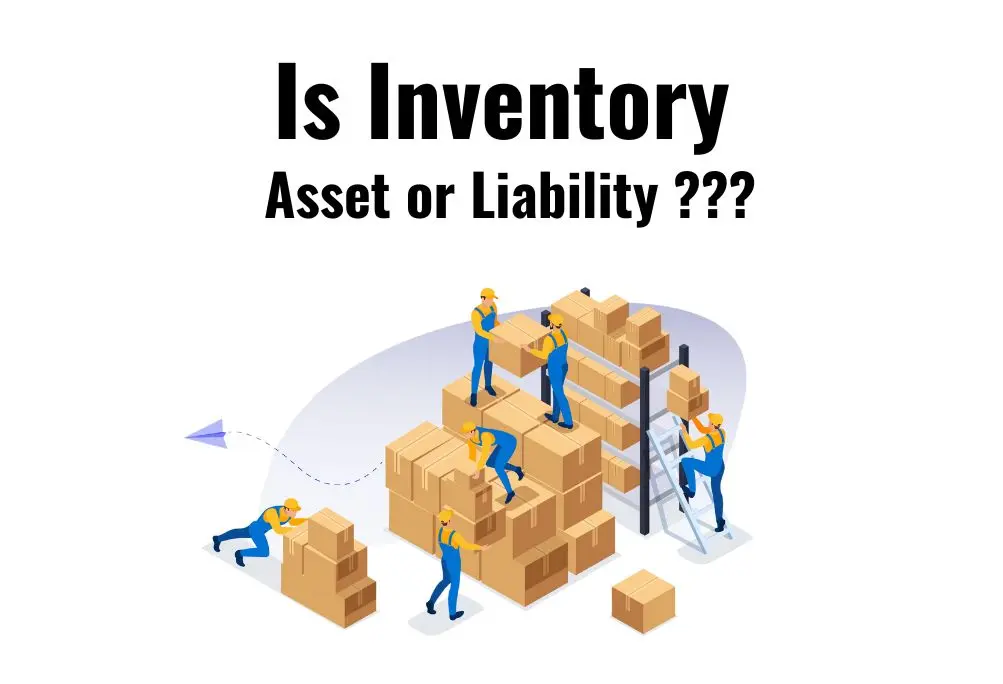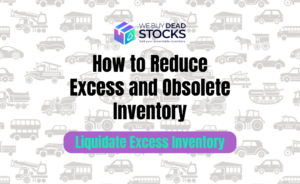Inventory refers to the raw materials needed in production at the finished commodities ready for sale. Inventory is one of a company’s most valuable assets since inventory turnover is one of the critical sources of revenue production and subsequent earnings for the company’s shareholders.
The three inventory forms are raw materials, work in progress, and finished items. On a company’s balance sheet, it is listed as a current asset.
This post will tell you whether inventory is an asset or a liability. This post helps you with different queries. So let’s get started.
Are Inventories Liable?
Technically, inventory isn’t a liability because it reflects something you owe. Still, it might be considered a disadvantage or negative in another sense. When you have too much inventory, it creates an issue.
Suppose your working capital is locked up in merchandise. In that case, the business will only need it shortly. You may be short on cash for immediate expenses like rent or payroll. When you have more products than you can reasonably keep, you must deal with clutter, which hinders efficiency and costs you money in additional wages.
Inventory may also be a problem because consumer tastes fluctuate, and it’s hard to forecast what your consumers will buy. If you buy less of what your customers want right now and then demand fluctuates, you may find yourself with unsold inventory. Inventory may also be considered a burden if its value depreciates.
For example, suppose a new version of an electronic appliance is released in the consumer market. In that case, existing units become outdated, resulting in value degradation. When the value of the inventory falls below the cost of storing, it becomes a liability.
Is Inventory An Asset?
Most companies regard inventory to be an asset. This is because it is something you pay for and has worth. You can consider inventory as long as it is something your firm uses or sells as part of its business activities.
Your company inventory, for example, might comprise sections or pieces of items and commodities. Before sales and manufacturing teams promote goods for sale, the inventory contains finished products. Furthermore, some commodities, such as office supply firm inventory, if the organization releases them to carry out business activities.
Finished things that have yet to be sold are also considered inventory, for example, the furniture you have made or cakes you have prepared. Supplies like paper clips that you use to support company activities rather than resell count as inventory, even if they are not included in your product cost.
Is inventory Equity or Liability?
For accounting reasons, inventory is nearly usually considered an asset. An asset is anything that will bring a financial advantage in the future. Inventory creation is generally directly tied to demand; therefore, inventory sells soon once it is generated, converting it to an asset.
Unsold inventory could become a risk if the cost of storage is high or the product deteriorates and becomes unmarketable.
Is inventory on hand a liability?
Wild inventory is technically an asset; it may feel like a liability. Even though assets like inventory are described as things of economic worth, few business owners are thrilled to have excess inventory.
To understand this asset-liability duality, one must first distinguish between inventory which refers to the goods or raw materials themselves, and the cost of retaining them. Assets are defined in financial management as the list of items and materials that a company owns and physically has. On the balance sheet, inventory refers to each item’s estimated fair market price.
Inventory assets example
Inventory is one of the essential assets or resources of a business. It comprises the goods the company sells as well as materials needed to produce those items if the company is a manufacturer.
The cost of inventory is included in the balance sheets assets column. How a small film categorizes its inventory depends on whether it is a manufacturer or retailer.
The example of inventory assets are;
Raw material inventory
Raw materials are manufacturers’ actual items or pieces to create their products.
Assume your small firm Spanish $20,000 for juice concentrate, vitamins, flavoring, and sugar to make juice drinks. You would record $20,000 as raw materials until the components were used in manufacturing.
Work-in-process
Work in process WIP inventory comprises a manufacturer’s partially finished items.
For example, a bakery with 50 loaves of bread in production is considered a work in progress; if a tailor sewing suit has 5 suit cuts but still needs to be stitched, all 5 outfits are considered work in process.
Work in progress, on the other hand, takes a long time to complete. After completion, it becomes a finished product.
Finished Goods
When a manufacturer completes the production process, it converts its inventory from work in progress to finished items. The quantity in the completed product inventory indicates the overall production cost of the items.
A Bakery finished bread, a home builder’s completed house, or a shoemaker’s completed loafers are finished goods. Another example is if your small firm completes bottling its health drinks for a total production cost of $50,000, that quantity would be reported as finished product inventory.
Is inventory a fixed asset
Inventory as a current asset. Products and materials your organization records as current assets are those that staff sells or utilize within a year after a product’s manufacturing or supply acquisition. Cash, short-term investments, and accounts receivable are other current assets that a firm may account for in addition to inventory.
If your organization keeps inventory for more than a year, it becomes a fixed asset. On the other hand, companies only store inventory for a short time since doing so might turn the inventory into a liability.





